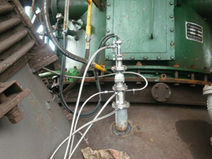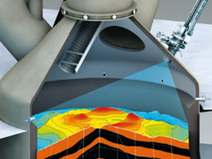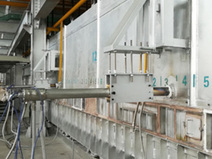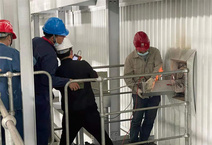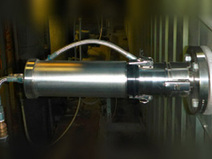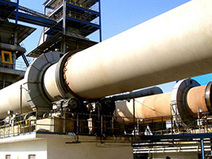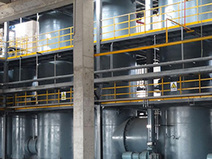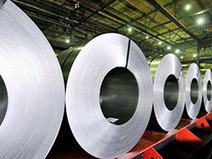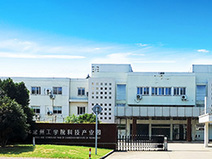Blog
How to choose a high-temperature industrial camera? What aspects should be considered?
Summary: Selecting the right high-temperature monitoring camera for high-temperature industrial environments is critical. This article will delve into the key factors to consider during the selection process, including temperature range and image quality, to help you make an informed decision.
How to choose a high-temperature industrial camera? What are the key considerations?
Choosing the right camera for high-temperature industrial environments is a science. High-temperature monitoring cameras must not only withstand extreme temperatures but also ensure image clarity and stability in various complex industrial environments. So, how can you choose the right high-temperature industrial camera? Let's discuss some key considerations.
1. Temperature Range
First, the most important parameter for a high-temperature monitoring camera is its operating temperature range. Typically, the operating temperature of a high-temperature camera can reach 100°C, or even higher. You might ask, why is the temperature range so important? Imagine using a regular camera in a high-temperature environment; its electronic components might be damaged by overheating, ultimately leading to monitoring failure. Therefore, ensuring your camera can operate stably under extreme temperatures is a primary condition.
2. Image Quality
Next, image quality is another factor that cannot be ignored. The image clarity and color reproduction capability of a high-temperature monitoring camera directly affect the monitoring effect. You want to be able to clearly identify objects, personnel, and even details in the images captured by the camera. Therefore, choosing cameras with high resolution and good low-light performance is key to ensuring effective monitoring.
3. Protection Level
In high-temperature industrial environments, cameras must not only be resistant to high temperatures but also to dust and moisture. The protection level (IP rating) is an important indicator for evaluating the camera's protection performance. For example, an IP67-rated camera can operate normally in dusty environments and can withstand short-term immersion in water. This is like choosing a phone; the better the waterproof performance, the more at ease you are when playing by the sea. Similarly, ensuring that the high-temperature monitoring camera has a good protection level can extend its service life.
4. Installation Method
The installation method is also an important consideration. Different industrial environments have different requirements for camera installation methods. Some factories may require 360-degree rotating monitoring, while others may want the camera to be fixed at a specific angle. When choosing a high-temperature monitoring camera, be sure to consider your specific needs and choose a suitable installation method to achieve the best monitoring effect.
5. Data Transmission and Storage
Modern high-temperature monitoring cameras often have network transmission capabilities, allowing real-time images to be transmitted to the monitoring center. Have you ever considered how important the stability of data transmission and the security of storage are in high-temperature environments? Therefore, choosing a high-temperature monitoring camera that supports wireless transmission and has cloud storage capabilities can significantly improve the flexibility and security of the monitoring system.
6. Maintenance and After-Sales Service
Many people may overlook this, but maintenance and after-sales service are also crucial in choosing a high-temperature monitoring camera. Choosing brands that provide good after-sales service can make you feel more at ease during use. For example, regular maintenance and technical support can promptly address potential problems and avoid losses due to malfunctions.
7. Cost and Budget
Finally, undoubtedly, cost and budget are unavoidable topics in any choice. The price range of high-temperature monitoring cameras is wide, ranging from a few hundred to several thousand, or even tens of thousands of yuan. When choosing, don't just focus on the price; more importantly, look at the value for money. Imagine if you saved money on a cheap camera but spent more on maintenance and replacement later; that would be counterproductive.
Summary
Choosing a high-temperature industrial camera is not a simple matter. We need to consider multiple factors comprehensively, including temperature range, image quality, protection level, installation method, data transmission and storage, maintenance and after-sales service, and cost and budget. Each aspect can affect your monitoring effect and equipment service life. Therefore, taking the time to choose carefully will allow your high-temperature monitoring system to perform as it should.
Contact Us
Fax: 0519-86692128
Address: No. 108 Taihu West Road, Xinbei District, Changzhou, Jiangsu
Copyright: Changzhou Rongbang Automation Equipment Co., Ltd.



